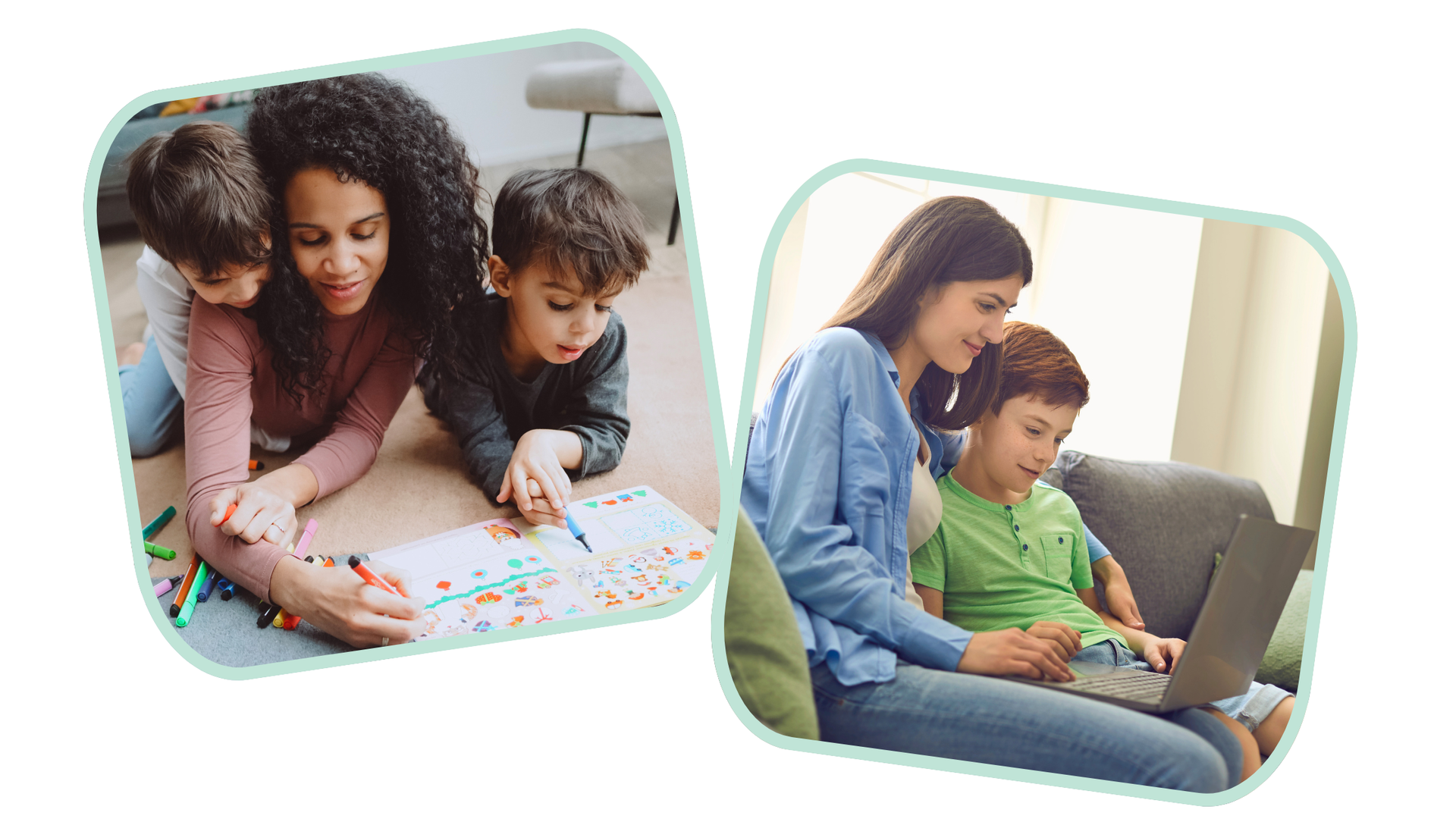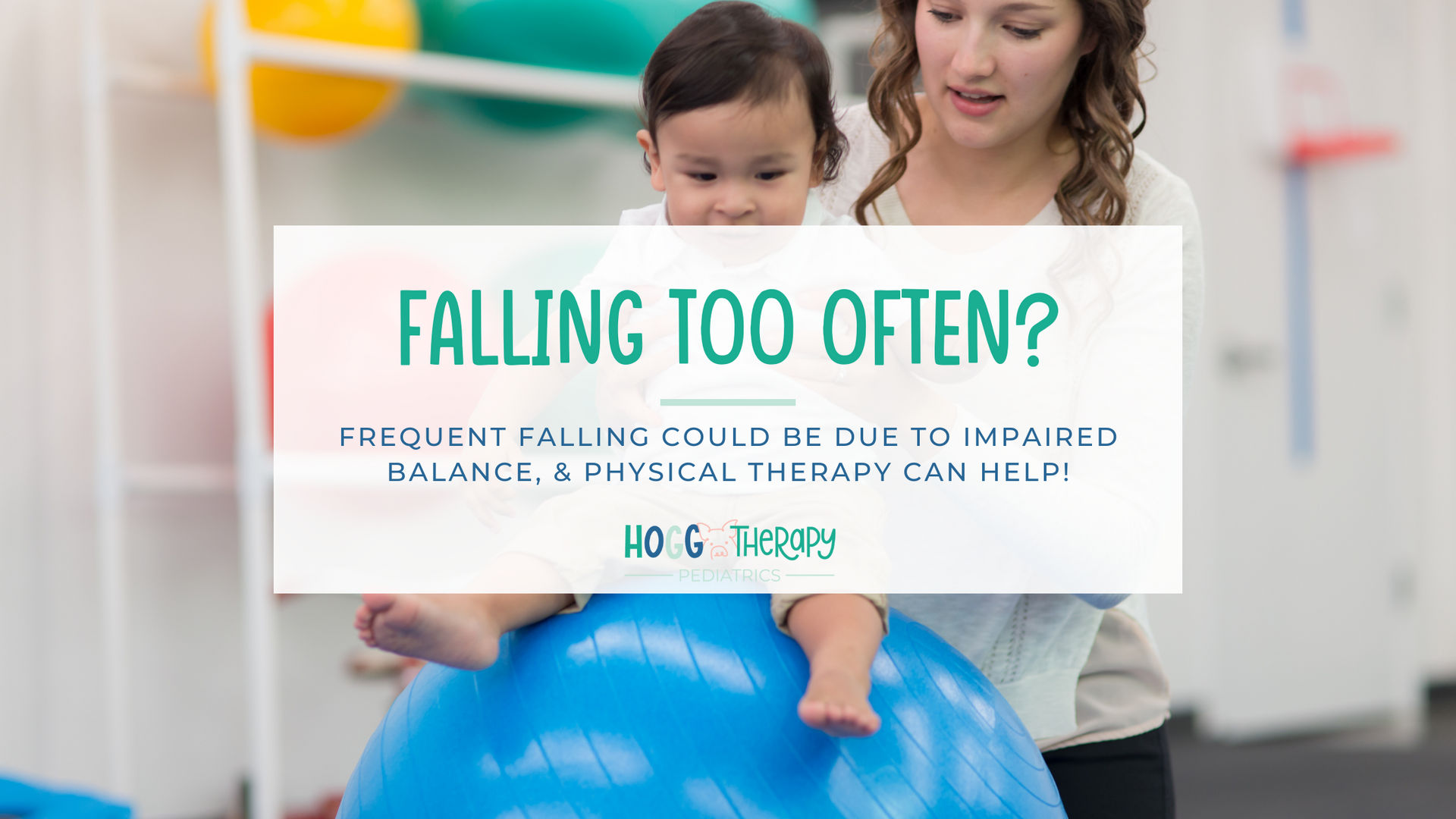Making Therapy Work at Home: The Benefits of Telehealth
By: Ellen Morris MOT, OTR/L, CIMC

Many families wonder if telehealth therapy sessions are the right fit. The truth is, there are several benefits that can make telehealth a convenient and effective option for you and your child.
Convenience Without Leaving Home
One of the biggest perks of telehealth is that you don’t have to leave the house. This is a huge relief if you’re short on time before a session, if a sibling isn’t feeling well, or if the weather isn’t cooperating. Whatever the reason, your therapist is flexible and will work with you to make telehealth fit into your day.
A Simple Way to Make Up Sessions
Life gets busy, and sometimes it’s hard to keep every appointment. Telehealth makes it easier to stay on track. Even a 15-minute check-in with your therapist (as long as your child is at home with you) counts as a session! Since the goal is 80% attendance to help your child meet his or her goals, telehealth is a convenient way to keep progress moving forward.
Support in Your Child’s Natural Environment
Another great benefit of telehealth is that your therapist gets to see your child in their home environment. This can be especially helpful for occupational and physical therapy. For example:
- Practicing self-care skills in the bathroom
- Working on mobility with stairs
- Following a recipe or practicing feeding skills right in your own kitchen
By observing your child at home, therapists can better tailor sessions and create goals that truly fit your family’s daily life.
Common Questions about Telehealth
Q: I’m not sure my child will be successful with telehealth.
A: That’s okay! Your therapist will go over your child’s goals and plan of care with you. Telehealth is also a great time to ask questions you may not always have time to ask during an in-clinic session. Just like in the clinic, your therapist will observe your child, give feedback, and coach you through activities that support their goals.
Q: What if my child struggles to pay attention during telehealth?
A: Don’t sweat it! Therapists are used to meeting children where they are. They’ll provide strategies to improve focus and attention and will coach you through adjusting activities as needed.
Q: What tools do I need for telehealth, and what if I don’t have them?
A: Ideally, you’ll want a space with minimal distractions and a device that supports video calls. If specific items are needed, your therapist will let you know ahead of time—but they’re also flexible and creative if you don’t have everything on hand. If telehealth becomes a regular option, your therapist will plan with you to make sure your child has what they need to succeed.
Q: Will a phone screen work for telehealth?
A: Yes! A phone works just fine. Often, the most helpful approach is for you to model activities your therapist is demonstrating, which also makes it easier for your child to practice at home.
Q: I’ve never done telehealth before. What should I expect?
A: No problem at all! Just let your therapist know it’s your first time. The main step is downloading Google Meet on your chosen device. During the session, your therapist will guide you through, ask for updates, and suggest a few household items to use in activities.
Q: I have other kids at home and can’t leave them unsupervised.
A: That’s a valid concern! You can stay in the same room as your other children, and if they’re old enough, they can even participate in the activities. In busy situations, you and your therapist can also choose to do a quick check-in to review or modify your child’s home program.
Telehealth makes therapy flexible, family-friendly, and just as effective as in-clinic sessions. Whether it’s for convenience, make-up sessions, or working on skills right at home, telehealth is designed to support your child’s progress in a way that works for your family.
Want to see if telehealth is the right fit for your child? Talk to your therapist today about giving it a try—you may be surprised at how easy and effective it can be!

















































































































